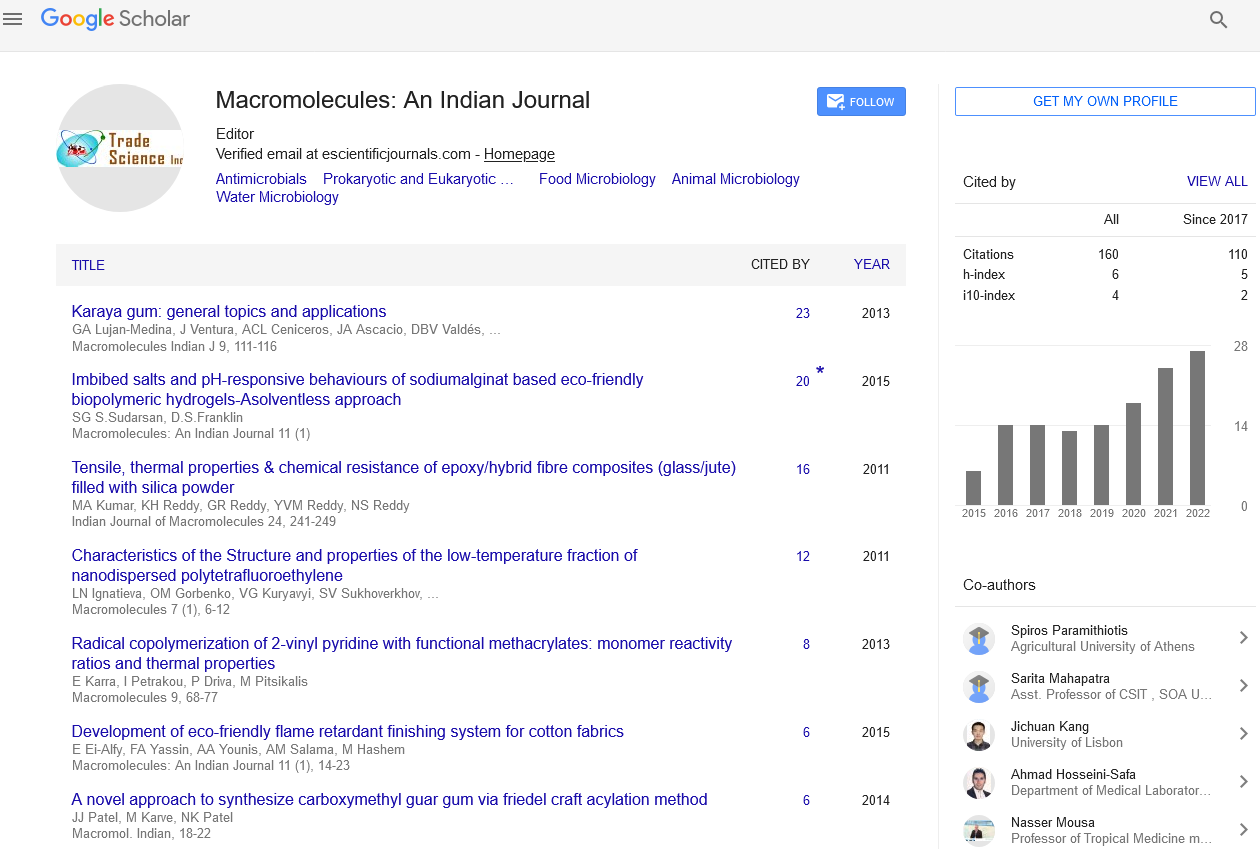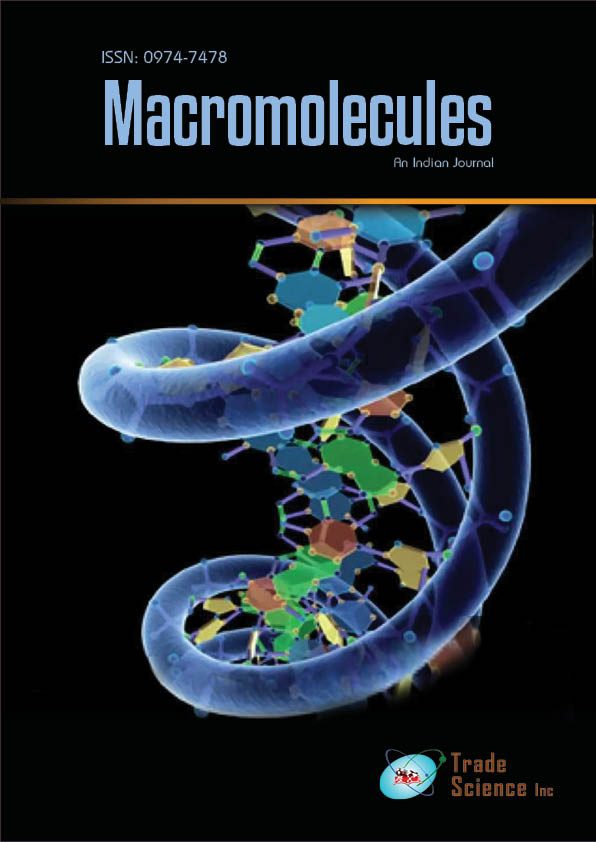Abstract
Synthesis of isotactic polypropylene containing a terminal reactive group via metallocene-mediated polymerization/chain transfer reaction in the presence of protected allylamine
Author(s): Usama F.Kandil, Nahed M.Amer, Nevien O.Shaker, Ossama M.Abo-ElenienThis article discusses a direct (one-pot) polymerization process to prepare isotactic polypropylene (i-PP) having a terminal functional group (NH2 group). The chemistry involves metallocene-mediated propylene polymerization using rac-Me2Si[2-Me-4-Ph(Ind)]2ZrCl2/methylalumin-oxane complex in the presence of a bulky protectedAllylamine followed by hydrogenation. The major challenge is to find suitable reaction conditions that can simultaneously carry out effective propylene polymerization and incorporation of the protectedAllylamine molecule at the polymer chain end; in other words, altering the protected Allylamine incorporation mode from copolymerization to chain transfer. Apparently, the propylene propagating chain end engages in a facile consecutive chain transfer reaction, reacting with the protected Allylamine and then hydrogen, with high catalyst reactivity under the proper protected Allylamine and hydrogen concentrations. The silane and aluminumgroups, used for protection, were hydrolyzed in acidic aqueous solution during the sample workup step to obtain the desirable i- PP polymers with a terminal NH2 group (i.e., PP-t-Allyl-NH2). The terminal functional group was confirmed by end group analysis and chain extension reaction. The polymer molecular weight was inversely proportional to the molar ratio of [Allylamine]/[propylene] with a chain transfer constant (ktr/kp) of 1/32. Despite the highmolecular weight, the terminal functional group in PP engages a coupling reaction with polycapolactone (PCL) and carboxyterminated polystyrene (PS-t-COOH) in solution andmelt to formPP-b-PCL and PP-b-PS diblock copolymers that are very effective compatibilizers in PP/PCL and PP/PS polymer blends.

